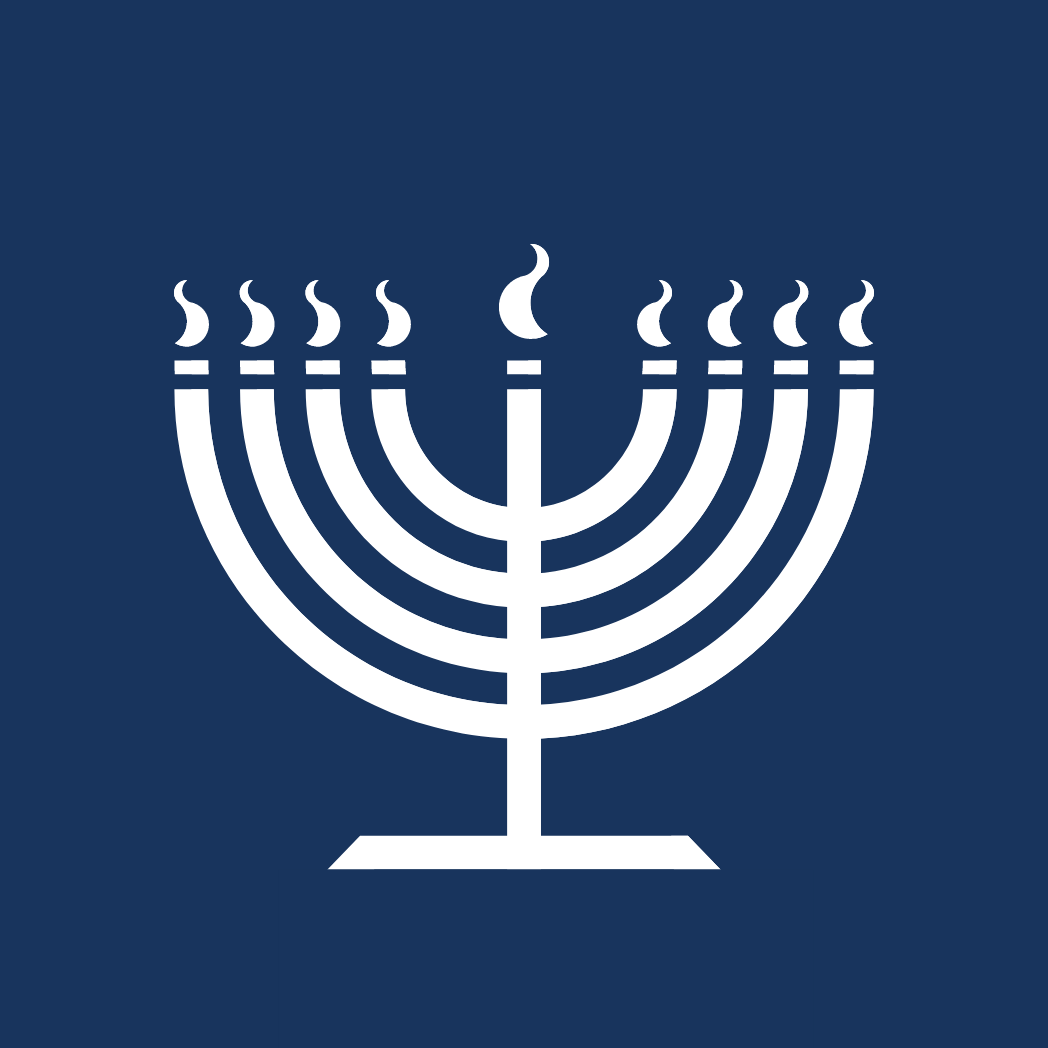Come and see, one who desires to know the wisdom of holy unity should gaze upon a flame that rises from a coal, or from a lit candle. For the flame only rises when it is attached to a coarse (alt. other) object.
Come and see, in the rising flame there are two lights. One white, shining light; and one light to which black or blue (techelet) is attached. The white light is on top and it rises in a straight path. And the blue or black light is beneath it, and it is a seat to the white. The white light rests upon it and they are attached to one another, forming a single unity. The light that is either black or a shade of blue that is below, is a throne of glory to the white [light]. And herein lies the secret of techelet. And this blue (or) black throne is attached to another object below it that kindles it and arouses it to attach itself to the white light (alt. above).
At times, this blue-black changes to red, but the white light above it never changes, for it is constantly white. However, the blue changes to these [other] colors; at times it is blue or black, and at times it is red. And it is attached on both sides. It is attached above to that (alt. supernal) white light, [and] it is attached to that object below that has been set to give it light (to serve as kindling) and to attach itself to it…
וְעַל נְהוֹרָא חִוְּורָא, שַׁרְיָיא לְעֵילָא נְהוֹרָא סְתִימָא דְּאַקִּיף לֵיהּ. וְרָזָא עִלָּאָה הָכָא. וְכֹלָּא תִשְׁכַּח בְּשַׁלְהוֹבָא דְּסָלִיק וְחָכְמְתִין דְּעֶלְיוֹנִין בֵּיהּ.
And resting above the white light is a concealed light that surrounds it. And herein lies a supernal mystery, and all of it can be found in the rising flame, in which the wisdom of the higher realms are present
Taken as a whole, the Zohar sees a burning candle as a mirror of Divine unity. It embodies a single continuum that unites the most sublime and elevated realms to the most concrete elements of physical reality, holding all of these layers together in a single unity. The Zohar invites us to meditate on the burning candle, and allow ourselves to be enveloped by its exquisite vision.
Lighting the Chanukah candles in the dark of night allows us to see their light with more fullness and clarity. Taking our cues from this passage from the Zohar, consider taking some time to sit by the candles and gaze at their light. Notice the different elements that compose the candle’s flame - the wick, the various colors, shapes and hues. Bring your attention to the space that surrounds the flame itself. Let your attention dance between the differentiated parts, and behold them all together as a single, unified whole.
One of the central features of the Chassidic tradition is to take earlier Kabbalistic concepts and teachings and make them more accessible and applicable to the realm of personal experience. In this spirit, the teaching below from Rebbe Aharon Perlow of Karlin (1802-1872) is an adaptation of the Zohar’s teaching about the “dark” and “white” colors of the candle flame. The Rebbe of Karlin relates the image of the hues of the single flame to the interaction between the body and spirit, and offers a model to frame our path of elevating and connecting ourselves with the light of the Divine.
According to Kabbalistic tradition, there are a number of songs and prayers that are chanted by the light of the Chanukah candles. One such prayer is “Ana Bekoach”, which is a meditation on a mystical Divine Name. This recording from Israeli musician Keshet Margalit, is based on a Chassidic chant. The Chassidic tradition is to repeat each word seven times to this tune before moving on to the next one.




